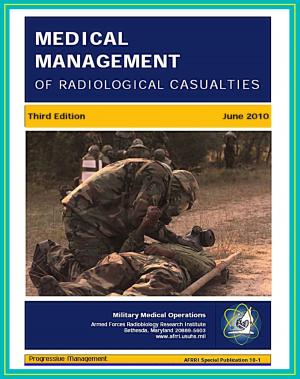A Leader's Handbook to Unconventional Warfare: Guerrillas, Phases of an Insurgency, UW in Support of Limited War, U.S. UW Efforts from 1951- 2003 including Iraq
Nonfiction, History, Military, Social & Cultural Studies, Political Science| Author: | Progressive Management | ISBN: | 9781301256617 |
| Publisher: | Progressive Management | Publication: | September 21, 2012 |
| Imprint: | Smashwords Edition | Language: | English |
| Author: | Progressive Management |
| ISBN: | 9781301256617 |
| Publisher: | Progressive Management |
| Publication: | September 21, 2012 |
| Imprint: | Smashwords Edition |
| Language: | English |
At the end of World War II, the Army developed the concept of unconventional warfare, or UW, based largely on the experiences of Soldiers who had worked with resistance movements during the war. The concept was formally introduced into doctrine in 1955, specifically to convey a wider responsibility than simply working alongside guerrilla forces. UW is currently defined as activities conducted to enable a resistance movement or insurgency to coerce, disrupt or overthrow a government or occupying power by operating through or with an underground, auxiliary or guerrilla force in a denied area. From the beginning, UW has been a mission of Special Forces, and the JFK Special Warfare Center and School has been the proponent for UW training and doctrine.
Our operating environment has been less constant since the 1950s, however. We no longer face the threat of major combat operations, as during World War II. The dominant form of warfare that now confronts the United States and will likely do so for the remainder of the 21st century is irregular warfare. The five components of irregular warfare — counter-terrorism, foreign internal defense, stability operations, counterinsurgency and UW — will increasingly involve all elements of the U.S. military and other elements of national power. UW thus presents a challenge to conventional forces and special-operations forces alike.
This paper, although it is not doctrine, is intended to introduce a new generation of Soldiers to the concept, the history and the techniques of UW. It is intended to be the first in a series of papers published to inform readers and provoke thought on a number of topics that are of interest to members of the special-operations community and, in some cases, general-purpose forces as well.
At the end of World War II, the Army developed the concept of unconventional warfare, or UW, based largely on the experiences of Soldiers who had worked with resistance movements during the war. The concept was formally introduced into doctrine in 1955, specifically to convey a wider responsibility than simply working alongside guerrilla forces. UW is currently defined as activities conducted to enable a resistance movement or insurgency to coerce, disrupt or overthrow a government or occupying power by operating through or with an underground, auxiliary or guerrilla force in a denied area. From the beginning, UW has been a mission of Special Forces, and the JFK Special Warfare Center and School has been the proponent for UW training and doctrine.
Our operating environment has been less constant since the 1950s, however. We no longer face the threat of major combat operations, as during World War II. The dominant form of warfare that now confronts the United States and will likely do so for the remainder of the 21st century is irregular warfare. The five components of irregular warfare — counter-terrorism, foreign internal defense, stability operations, counterinsurgency and UW — will increasingly involve all elements of the U.S. military and other elements of national power. UW thus presents a challenge to conventional forces and special-operations forces alike.
This paper, although it is not doctrine, is intended to introduce a new generation of Soldiers to the concept, the history and the techniques of UW. It is intended to be the first in a series of papers published to inform readers and provoke thought on a number of topics that are of interest to members of the special-operations community and, in some cases, general-purpose forces as well.















